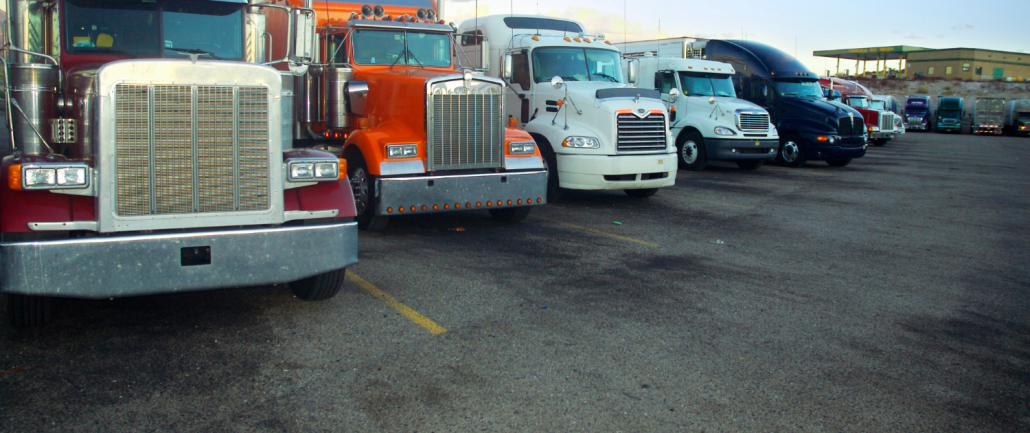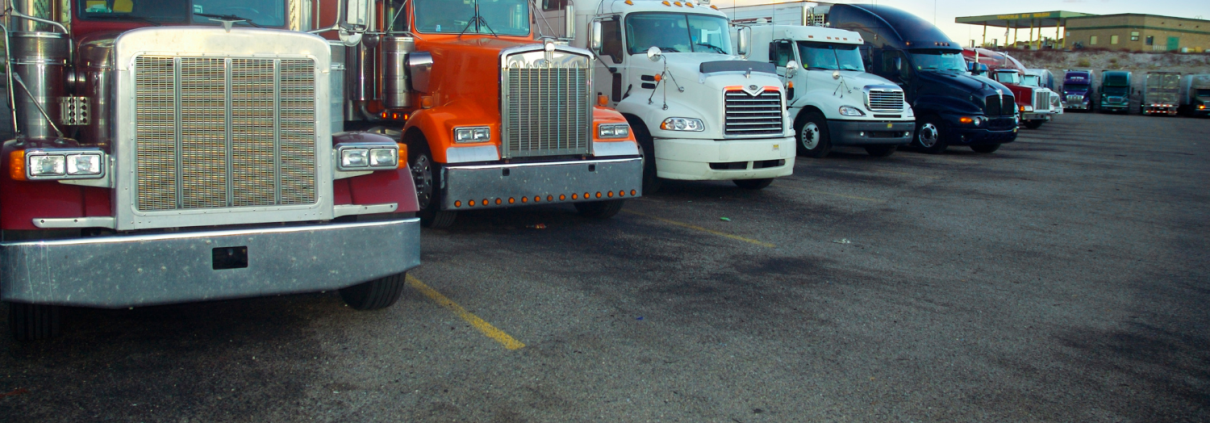 Finding safe and legal truck parking continues to be one of the biggest daily challenges for commercial drivers. Whether you’re on a long-haul route or running regional deliveries, chances are you’ve wasted time and fuel circling rest stops or ramps, trying to secure a space before HOS limits run out.
Finding safe and legal truck parking continues to be one of the biggest daily challenges for commercial drivers. Whether you’re on a long-haul route or running regional deliveries, chances are you’ve wasted time and fuel circling rest stops or ramps, trying to secure a space before HOS limits run out.
In fact, according to a 2023 American Transportation Research Institute (ATRI) survey, truck parking ranked as the No. 1 concern among truck drivers. The shortage is real, the risks are rising, and yet the solutions are still catching up.
So why is it so hard to find a place to park, and what can you do about it? Keep reading to discover real, proven solutions and find out more about why the parking shortage continues to impact CDL drivers across the nation.
Why the Truck Parking Shortage Exists
There are over 3.5 million truck drivers in the U.S., but according to the Federal Highway Administration, there are only about 313,000 truck parking spaces nationwide, and fewer than 40,000 of those are at public rest areas. The rest are private truck stops, which fill up fast, especially near major freight corridors.
There are a few key reasons behind the ongoing shortage:
1. Increased Freight Demand: More trucks are on the road than ever before, thanks to e-commerce, supply chain demand, and post-pandemic economic activity.
2. Limited Public Investment: Despite federal funding through programs like the Infrastructure Investment and Jobs Act, new public rest areas and parking facilities are slow to materialize due to planning, zoning, and budget issues.
3. Local Zoning Restrictions: Many towns and cities are hesitant to allow truck parking lots near residential or commercial areas, limiting expansion.
4. Urban Development: In many areas, existing truck parking spaces are being replaced by retail or housing developments.
What’s the result of these factors? More trucks, fewer places to park, and a system that leaves drivers stressed, exhausted, and sometimes even unsafe.
The Cost of Inadequate Parking
When drivers can’t find legal parking, they’re forced to make tough choices. Park illegally, risk fines, or worse, being towed. Keep driving past your HOS limit and risk violations and fatigue. Or stop early and lose precious drive time, which directly affects your earnings.
The American Transportation Research Institute estimates that drivers lose an average of 56 minutes per day just searching for parking. That’s nearly around $5,500 annually in lost revenue per driver. Not to mention, parking on off-ramps or abandoned lots poses real safety concerns, for both drivers and the public.
What Drivers Can Do: Tips for Beating the Shortage
While the shortage may be out of your control, there are a few practical steps you can take to improve your odds:
1. Plan Ahead
Don’t wait until your 11th hour to think about parking. Use your route planning tools or GPS to identify rest areas or truck stops in advance. Apps like Trucker Path, MyPilot, and Love’s Connect often show real-time parking availability, which can help you avoid surprises.
2. Use Technology to Reserve Parking
If you’re willing to pay a small fee, some truck stops and apps now allow you to reserve a parking spot ahead of time. This can be worth it in busy corridors where spaces fill up quickly.
3. Try New Tools Like Truck Parking Club
One of the most innovative tools for drivers right now is Truck Parking Club, a platform that connects drivers with private parking spots, similar to Airbnb. Property owners with available space (like lots, industrial land, or even empty yards) can list their spaces, and drivers can book them for a few hours or overnight.
Here’s how it works:
- Create an account and enter your location.
- Browse nearby available parking spots with photos, access instructions, and rates.
- Reserve and pay directly through the app or website.
Many drivers are using it as a reliable backup when traditional truck stops are full. It’s especially useful in urban areas where legal parking is harder to find, and it can save time and reduce stress at the end of a long shift.
4. Join the Conversation
Consider supporting industry efforts to improve parking by participating in surveys, calling attention to problem areas, or getting involved with organizations like OOIDA (Owner-Operator Independent Drivers Association). Your input can help shape future infrastructure funding and policy decisions.
Want to stay ahead of the curve? Be sure to check out more posts on our blog and connect with us on social media!





